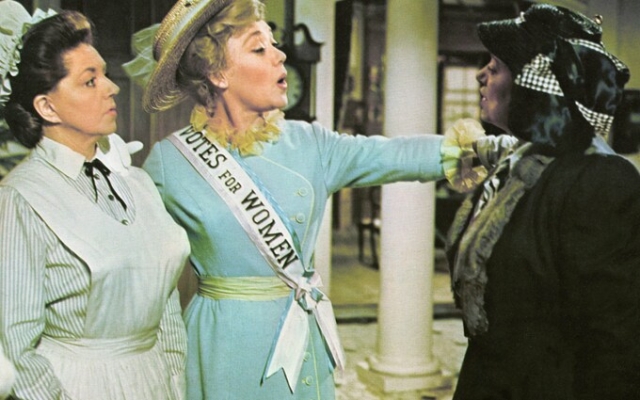 Glynis Johns as Mrs Banks Photo: alamy
Glynis Johns as Mrs Banks Photo: alamy
The campaign for women's votes may be one of the most significant events in modern history. however, few popular films deal with this topic. There had been films about suffrage during the silent era, when the struggle was still going on, but after women gained the right to vote, it seemed that the battle had become too obvious a cause to be celebrated, or perhaps too disgraceful a blot on history. /p>
In this big-screen vacuum, generations of children were first exposed to women's suffrage, most notably through Walt Disney's 1964 classic Mary Poppins. Somehow, arch-conservative Walt Disney and his tale of the fairy nanny became the most significant portrayal of this struggle on the big screen in 51 years, until Sarah Gavron's Suffragette in 2015. six minutes of screen time, but the fact that Mrs. Banks, played by the wonderful Glynis Johns, exists at all in this form is extraordinary.
The Mary Poppins movie was, of course, based on Pamela (PL) Travers' books, which Walt Disney acquired after a 20-year battle over the rights to the adaptation. Travers was never happy with the adaptation and reportedly even cried when she first saw her gruff, homely Cockney nanny transformed into the radiant Julie Andrews.
The setting was moved from the 1930s and Depression-stricken London to the Edwardian era, a step back in time that helped audiences suspend disbelief and buy into the more magical elements of the story (an era also familiar from Disney's Peter Pan 11 years ago). And Mrs. Banks was given a name (Winifred, chosen by Travers instead of Disney's original proposal for Cynthia) and a reason: votes for women.
The film's screenwriters, Bill Walsh and Don DaGradi, and songwriters Richard and Robert Sherman (who were closely involved in the story's development) had to grapple with a fundamental problem before starting work on the story: Why did the Banks family need a nanny?
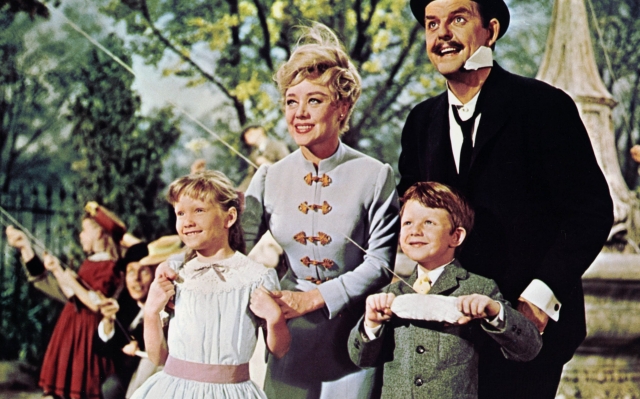 Mary Poppins from Walt Disney Photo: alamy
Mary Poppins from Walt Disney Photo: alamy
In 1960s America, nannies were almost unheard of, except for the wealthiest families of the Deep South or Upper West Side. Most of Disney's target audience associated the word with goats rather than childcare. So there must have been a reason for the seemingly healthy and cheerful Mr. and Mrs. Banks to hire Mary Poppins in the first place.
The writers quickly decided that Banks should be largely absent. He was originally supposed to fight in the Boer War and literally far from home, but the Shermans came up with a better idea. They made Mr. Banks absent emotionally rather than physically; his emotional rebirth gives the film much of its soul. Played by David Tomlinson, he portrays the image of a stern patriarch, but he has a comic edge that suggests he is never as firmly in control of the situation as he likes to imagine, especially when it comes to his wife.
Mrs. . Banks were a bigger problem. Disney didn't like mothers to be losers—his films usually killed them off rather than depicting misguided motherhood—but how else to explain her need for a nanny? The Edwardian setting provided the answer: they made Mrs Banks a suffragette and sent her to march for votes for women.
And it is significant that Mrs Banks is a suffragette in the proper sense of the word, and not one of Millicent Fawcett's softer, law-abiding suffragettes. Her catchy big song “Sister Suffragette” includes the lines: “Take courage! Mrs. Pankhurst is in shackles again! and “We are militantly fighting for our rights!”
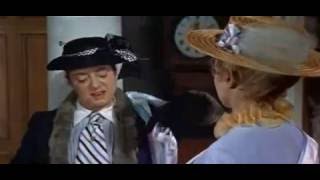
(According to the Shermans, the song was written during their lunch break, based on a discarded tune called «Almost Perfect.» An unfortunate misunderstanding, he promised her that the writers had a large number of songs for her to hear immediately after lunch. The Shermans took the hint and wrote furiously.)
Changing Mrs. Banks this way was an elegant solution, but it doesn't stand up to historical scrutiny very well. The film is set in 1910, when British and Irish suffragettes declared an informal truce after the introduction of a suffrage bill to Parliament. There were few mass protests between January 1910 and November 1911, except for a few days in November 1910 when Parliament was dissolved without the passage of this conciliation bill.
And unfortunately for the Shermans' historical brilliance, Mary Poppins takes place in early summer, when the cherry trees are in bloom. It was then that women's hopes were at their highest, and there was no occasion, as Mrs. Banks reports, that “Mrs. Whitbourne-Allen chained herself to the wheel of the Prime Minister's carriage. You should have been there! And Mrs. Ainsley — she was taken to prison, singing and throwing pamphlets all the way! chalk paintings and flying on an umbrella.
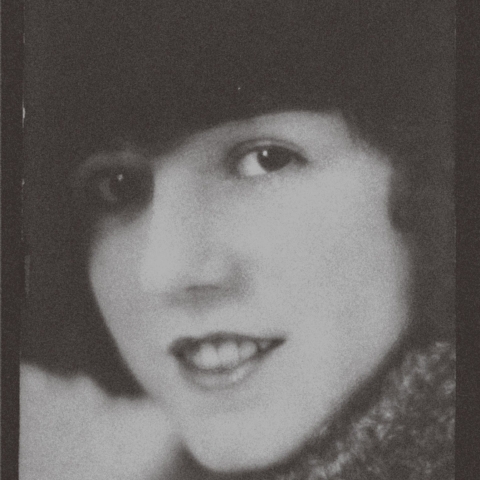 By Mary Poppins P. L. Travers Credits: Heritage Images
By Mary Poppins P. L. Travers Credits: Heritage Images
Winifred, with her mixture of fiery passion and devoted submission to her husband's wishes, is no simple feminist heroine. But she's still much better than the bookish Mrs. Banks; no-name, rather thin character who is treated with general disdain by Mary Poppins and most of her family. Even the 2003 production is slightly inferior to the film Winifred. There, Mrs. Banks is a former actress who struggles to fit into her husband's social circle and sings wistfully about the difficulties of «being Mrs. Banks» and disappoints both her husband and children.
In fact, every other incarnation of Mary Poppins has gone out of its way to give Mrs. Banks a purpose, leaving room for her nanny heroine. A proposed sequel to the late 1980s Disney film, developed by P. L. Travers with writer and film historian Brian Sibley, would have featured Mrs. Banks, who gave up suffrage and struggled with other domestic problems after giving birth to twins (always a pair of twins ). in the books, but cut from the Disney film), and Poppins returns to help.
The abandonment of the suffragettes was apparently at Travers's behest; Sibley said she hated the decoration. “How could dear, crazy Mrs. Banks, fussy, feminine and loving, become a suffragette?” — she demanded.
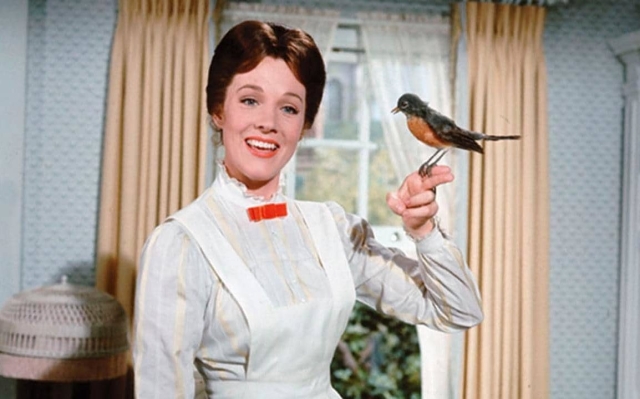 Julie Andrews as Mary Poppins
Julie Andrews as Mary Poppins
Yet the best incarnation of Mrs. Banks is by far the one shown in the film. Winifred Banks (Glynnis Jones) is forgiving and loving to her children, devoted to her husband, cheerful despite her neighbor's cannon fire, and more capable than her husband ever imagined.
Much of the credit for this goes to Jones herself, whose warmth and charm shine through even in just six minutes of screen time. Jones first appeared on stage at the age of three weeks and continued performing until her retirement in 1999. Before she was 16, she worked for Sir Alexander Korda and Ralph Richardson, and then performed with James Stewart and Marlene Dietrich. /p>
But Jones herself never achieved such a comfortable family life as Winifred Banks, since she was married four times and had only one son. She told the Daily Express in 1977: «I've given up my career twice, but I haven't been able to be a housewife and I doubt I'll ever be one again.»
Reviews at the time of the film's release were mildly dismissive of Jones's Mrs Banks, with The Sun calling her «a furry, docile little creature somehow enmeshed in the suffragette movement…» and The Telegraph dwelling on «stupidity itself». » She is definitely not a feminist heroine in the modern sense.
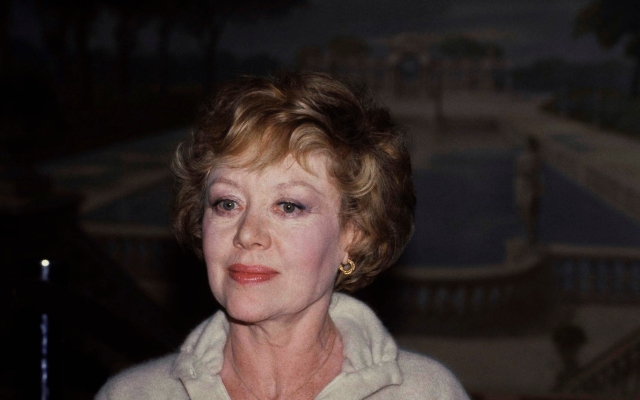 Glynis Johns in 1982 Photo: AP
Glynis Johns in 1982 Photo: AP
Mrs. Banks acts submissively towards her husband, and the film's ending, where she removes her «Votes for Women» belt to tie it on a kite for her children, is often seen as a rejection of her campaign role in favor of traditional motherhood; an interpretation that was likely Disney's intention.
But one can instead view the gesture as a union of her public work and personal life, a case of literally flying the flag next to her family. If at the end of the film Mr. Banks achieves a better work-life balance, perhaps Ms. Banks' decision should be seen in the same light, as a choice to continue the fight without leaving her children.
Mrs. Banks's contradictions are the same problems that women still struggle with today: the conflict between personal life and the political activism necessary to achieve equality. Either way, she's committed to something important and delivered on the promise she made with a big musical number. “Our daughters’ daughters will adore us/And sing in grateful chorus/Well done, Sister Suffragette!”
This work was first published in 2018




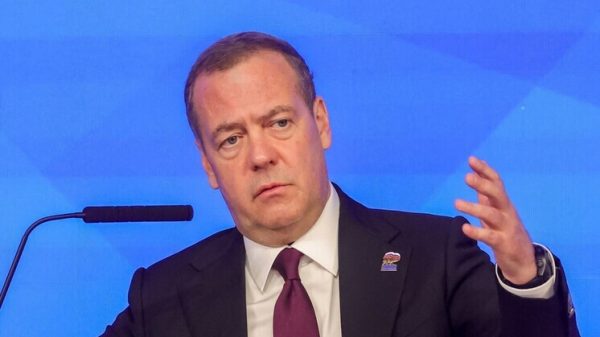










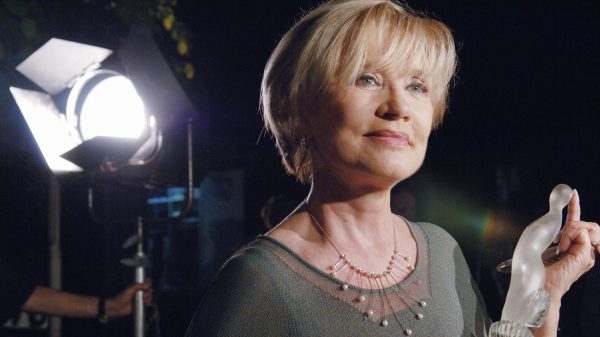







































Свежие комментарии